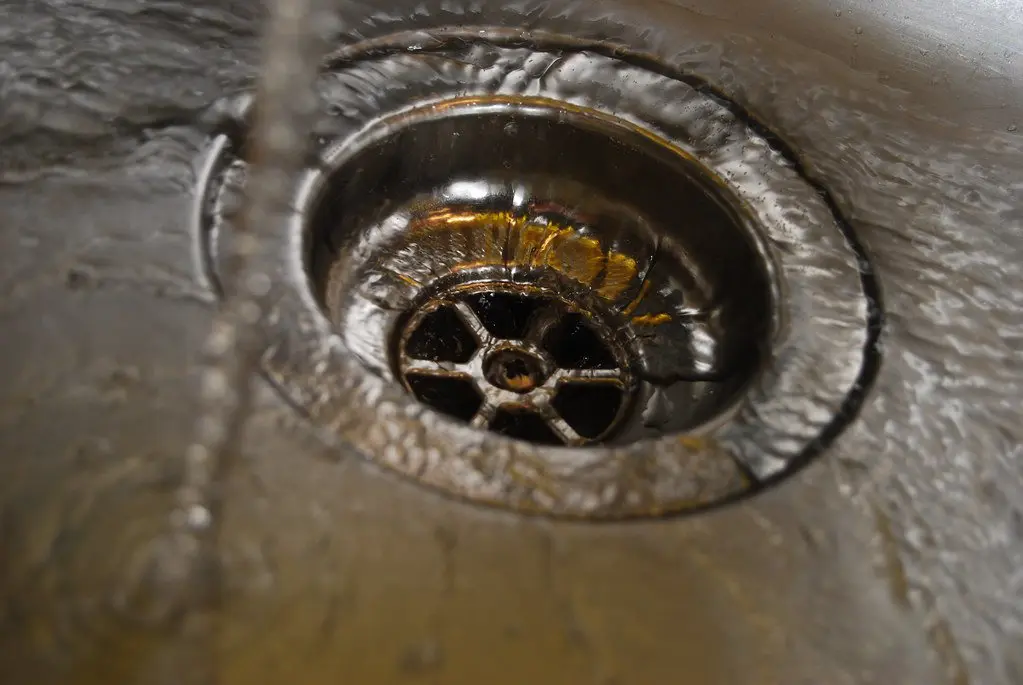
Image by Espensorvik on Flickr
Rather than flush $30 billion down the Delta Tunnel, why don’t Californians pump that money into big yield water projects? California Policy Center’s Edward Ring argues that with one project alone, half the Delta money could return twice as much water, with the rest of the cash spilling into reservoirs that produce hydroelectric energy.
The point here isn’t to proclaim desalination as a more cost-effective choice than surface storage. It probably isn’t on average. But it is a reliable water supply that is competitive with surface storage in dry years.
More to the point is the fact that desalination, combined with upgraded wastewater treatment and urban runoff harvesting, all have the potential to significantly reduce the need for California’s big coastal cities to import water from the Central Valley.
A $15 billion dollar investment in desalination would yield 550,000 acre feet per year, at a capital cost to annual yield ratio that is at least twice as favorable as that of the proposed Delta Tunnel. Putting that money into wastewater recycling instead would yield a comparable return.
There is no serious water supply project option available to Californians that does not beat the Delta Tunnel in terms of return on investment.
What proponents of desalination have to resist is the temptation to disparage surface storage options on environmental grounds while defending desalination against environmentalist objections. Ditto for the proponents of surface storage. They have to stop disparaging desalination while defending surface storage.
Unite. Both solutions are necessary and feasible. The reasons environmentalists have been able to prevent major water supply infrastructure is largely due to a lack of sustained unanimity among proponents of infrastructure. At the heart of that needless schism is the mistaken idea that farm interests and urban interests are in inherent conflict.
Surface storage and desalination aren’t the only answers. Maybe there are better options. The San Joaquin Valley water agencies may be able instead to build fish friendly delta diversion filtration beds that would benignly transfer millions of acre feet per year of potential floodwaters into capacious quick-fill underground storage.
Urban water districts may optimize stormwater harvesting in order to collect millions of acre feet more cost-effectively than desalination. What is certain is that conservation efforts have reached the point of diminishing returns. To achieve resiliency, or even abundance, we must agree to build ways to produce more water. Also certain? The Delta Tunnel is the worst option.
There’s $30 billion dollars up for grabs. Working together, urban and agricultural interests may be able to prevent it from being wasted. There’s still time. But they will have to agree on a list of projects that splits the money, and then they have to support each other’s proposals.
Read the whole thing here.
Follow Opportunity Now on Twitter @svopportunity

